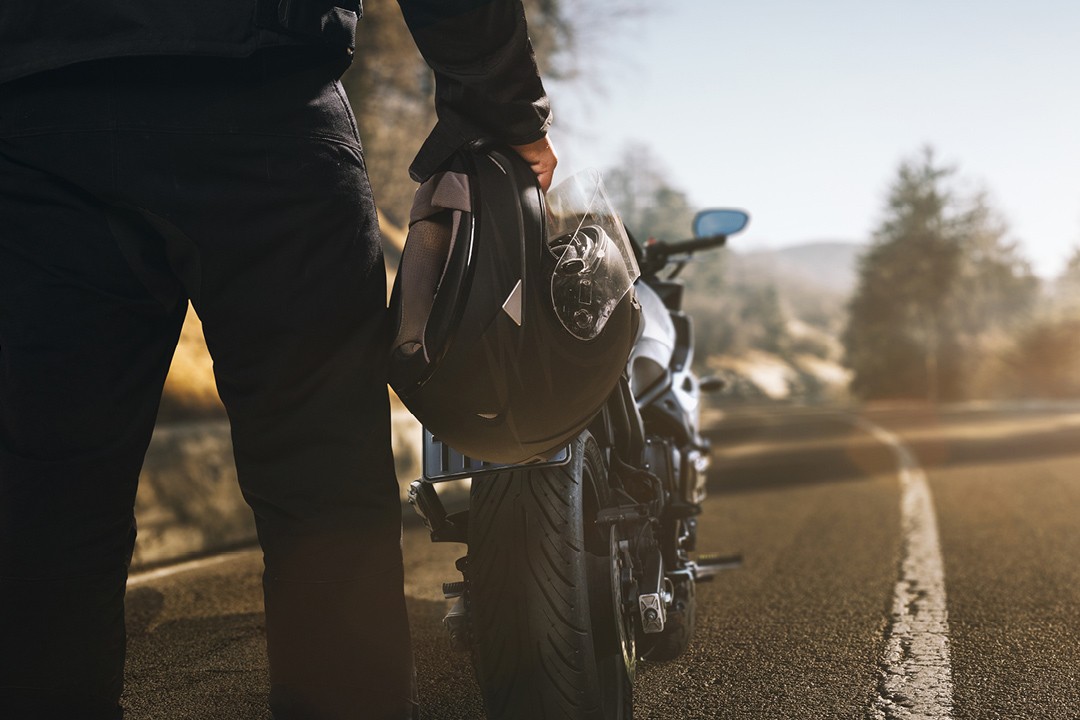Learning to ride a motorcycle is a thrilling experience, but many aspiring riders wonder, “How long does it take to learn to ride a bike?” There’s no one-size-fits-all answer, as learning curves vary. This guide provides a realistic timeframe and actionable steps to accelerate your journey to two-wheeled freedom.
Factors Influencing Learning Time
Several factors contribute to how quickly you’ll master motorcycle riding:
- Prior Experience: If you’ve ridden a bicycle, you already understand balance, a crucial element in motorcycling. This can significantly reduce your learning time.
- Aptitude and Coordination: Natural athleticism and coordination will help you grasp the controls and maneuvers faster.
- Frequency of Practice: Consistent practice is key. More frequent sessions will accelerate your progress.
- Learning Environment: Professional instruction from a certified Motorcycle Safety Foundation (MSF) course provides a structured learning environment and expert guidance.
- Motorcycle Choice: Starting with a smaller, lighter motorcycle can make learning easier and build confidence.
Learning Stages and Timeframes
While individual progress varies, here’s a general timeline for learning to ride:
- Basic Controls (1-3 days): This involves understanding the clutch, throttle, brakes, and gears. An MSF course typically covers this in a few days.
- Maneuvering and Low-Speed Control (1-2 weeks): Practicing slow-speed maneuvers like turning, U-turns, and figure-eights in a controlled environment builds fundamental skills.
- Street Riding and Traffic (Several weeks to months): Gradually transitioning to street riding and navigating traffic requires experience and confidence. Defensive riding techniques are crucial at this stage.
Tips to Learn Faster
- Enroll in an MSF Course: Professional instruction provides a solid foundation in safe riding techniques.
- Practice Regularly: Consistent, focused practice is paramount. Even short sessions can make a difference.
- Start Small: Choose a beginner-friendly motorcycle that’s lightweight and easy to handle.
- Find a Mentor: An experienced rider can offer valuable guidance and support.
- Focus on Fundamentals: Master the basics before moving on to advanced techniques.
- Be Patient: Learning takes time. Don’t get discouraged if you don’t progress as quickly as you’d like.
Beyond the Basics
Even after getting your license, continuous learning is essential. Experience builds confidence and prepares you for various riding conditions.
- Advanced Rider Training: Consider taking advanced courses to refine your skills and learn specialized techniques.
- Group Rides: Riding with experienced motorcyclists offers valuable learning opportunities.
- Continuous Practice: Regularly practice and challenge yourself in different riding scenarios to maintain and improve your skills.
Conclusion
Learning to ride a motorcycle is a rewarding journey. While the timeframe varies, dedication, practice, and professional instruction can significantly shorten the learning curve. Remember to prioritize safety, be patient with yourself, and enjoy the ride!
